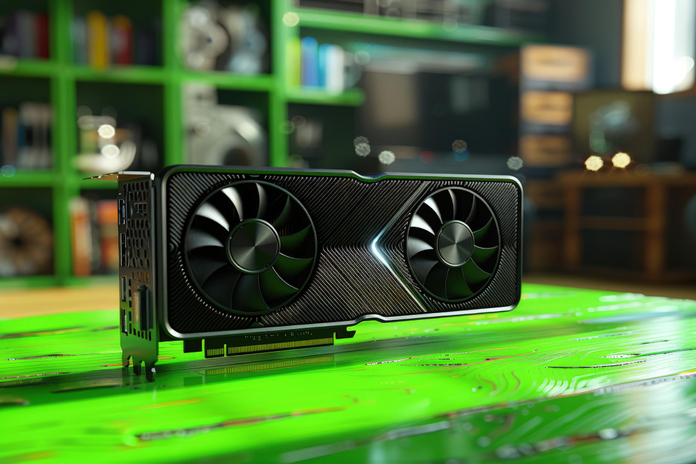Nvidia (NASDAQ:NVDA), a leading AI chipmaker, saw its stock tumble by 7% on Tuesday, marking its lowest level since mid-August. The drop came as part of a broader market downturn on the first trading day of the month, with technology stocks leading the decline as investors shifted towards more defensive sectors like Staples and Utilities. Despite the setback, Nvidia’s stock remains up more than 125% year to date, underscoring its strong performance throughout the year.
Reasons Behind Nvidia’s Stock Performance
The recent decline in Nvidia’s stock is not entirely unexpected, given the overall market conditions. “I don’t think it’s down in isolation; lots of things are down today,” said Stacy Rasgon, a senior analyst at Bernstein, in a live interview with Yahoo Finance. Rasgon highlighted that while Nvidia was the worst performer among the “Magnificent Seven” stocks, the dip was part of a broader trend affecting the tech sector.
Nvidia’s stock had been on a strong upward trajectory, particularly in the weeks leading up to this downturn. The company had posted quarterly results that exceeded consensus estimates, but the stock failed to rally further. According to Rasgon, the main concern among investors was not the revenue figures but the company’s guidance on gross margins. Nvidia indicated that its gross margins might dip slightly toward the end of the year, which contributed to the cooling of investor enthusiasm.
Upcoming Catalysts for Nvidia Stock
Looking ahead, Nvidia is expected to ramp up production of its next-generation Blackwell chip in the fourth quarter of this year. This new chip could serve as a significant catalyst for the stock. “I think now people are worried, kind of trudging water a little bit until those products get into the marketplace,” Rasgon explained. He added that if the ramp-up of these chips is solid in Q4 and Q1, it could likely drive the stock higher.
Despite the short-term dip, Wall Street analysts remain largely bullish on Nvidia’s long-term prospects. Stifel analysts reiterated their Buy rating and maintained a $165 price target, emphasizing Nvidia’s central role in the ongoing modernization of data center compute. “In our view, NVDA remains the primary beneficiary,” the analysts noted, pointing to the company’s leadership in AI and data center technology.
Broader Market Context and Nvidia’s Position
The recent decline in Nvidia stock performance should be viewed within the context of broader market trends. As technology stocks experienced a pullback, defensive sectors like Staples and Utilities gained traction, reflecting investor caution amid economic uncertainties. This rotation away from tech stocks is typical during periods of market volatility, and Nvidia, despite its strong fundamentals, was not immune to this trend.
However, it’s important to note that Nvidia has been one of the top performers in the market this year, with its stock climbing nearly 25% in the span of three weeks following a global market sell-off. Even with Tuesday’s losses, Nvidia’s stock is still up more than 125% year to date, showcasing the company’s resilience and growth potential in the rapidly evolving AI and semiconductor industries.
Conclusion: Navigating the Volatility
While Nvidia’s stock performance took a hit on Tuesday, the company’s long-term outlook remains positive. The anticipated launch of the Blackwell chip and Nvidia’s dominant position in AI and data center technologies are expected to drive future growth. Investors may need to exercise patience in the short term, as the broader market sorts through its current volatility.
In conclusion, Nvidia’s recent stock dip, while notable, is part of a larger market movement that has affected many tech stocks. As Nvidia continues to innovate and lead in key technology sectors, its stock performance is likely to recover and potentially reach new highs once the market stabilizes and the company’s new products enter the market.
Featured Image: Freepik









